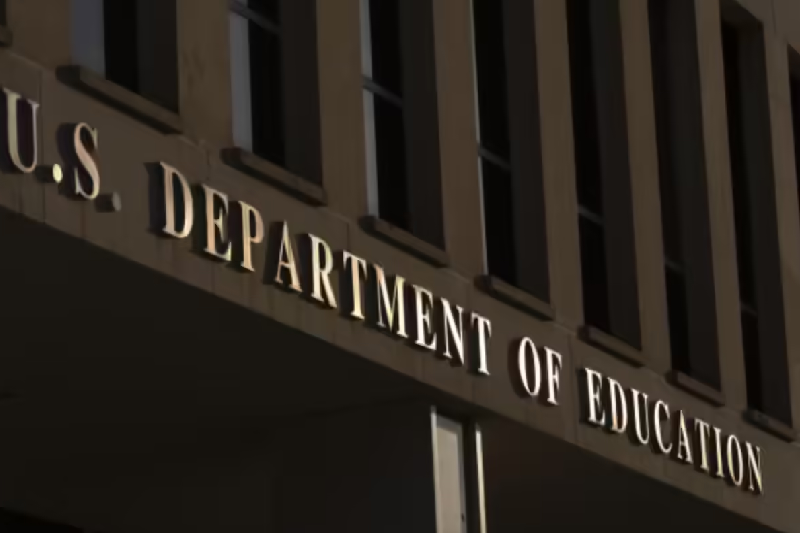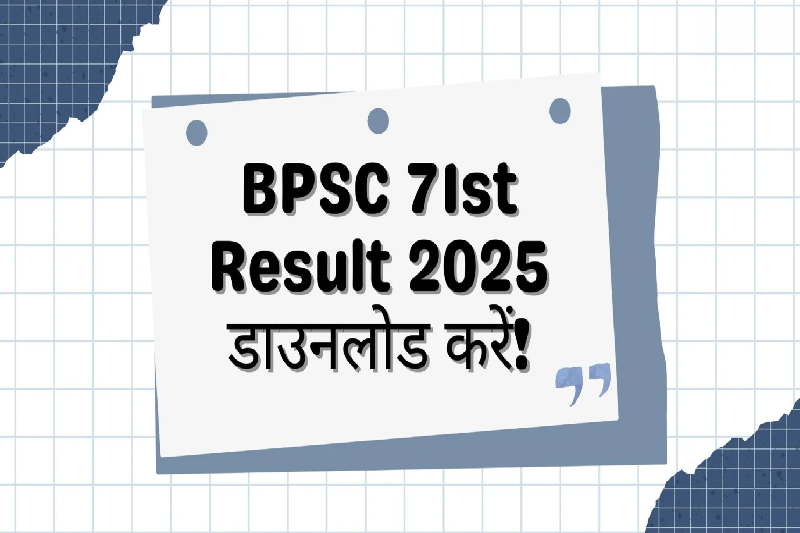
US Education Department Expands Ombudsman Role to Tackle Student Loan Crisis
America’s Growing Student Debt Problem
The United States is facing an unprecedented student loan crisis. With federal student loan debt at $1.67 trillion, millions of borrowers are struggling to keep up with repayments, leaving families and taxpayers under immense pressure. Over 42.3 million Americans hold federal student loans, and default rates are climbing alarmingly. Out of these, over 6 million borrowers are delinquent, including 4 million in late-stage delinquency and edging toward default, while 5.3 million have already defaulted.
This troubling scenario has prompted urgent action from policymakers. Critics argue that borrowers have been left poorly informed and burdened with long-term financial strain. In response, the US Department of Education’s Office of Federal Student Aid (FSA) has announced sweeping reforms to its borrower support framework.
From Ombudsman to Consumer Education Hub
Historically, the Office of the Ombudsman was established to resolve individual borrower disputes. While it played an essential role in addressing grievances, it operated reactively—helping only when problems had already occurred. Recognizing the need for a more forward-looking strategy, the department has announced that the office will be expanded and restructured into the Office of Consumer Education and Ombudsman.
This new office will continue handling disputes and take on a proactive role in financial literacy, borrower guidance, and outreach initiatives. By shifting the focus from problem resolution to preventive education, the Department hopes to reduce defaults before they happen.
Under Secretary of Education Nicholas Kent described the move as transformative:
“This change marks a shift toward earlier and more comprehensive engagement, ensuring families understand both opportunities and risks before borrowing.”
Building Financial Awareness Before Borrowing
The expanded office will provide students and families with tools and resources to make more informed borrowing decisions. By educating borrowers about the real costs of federal loans, repayment obligations, and default risks, the Department ensures that families weigh their financial commitments carefully before accepting aid.
This proactive engagement reflects a broader shift in policy—one that acknowledges that solving the student debt crisis requires more than just repayment assistance programs. Preventing borrowers from taking on unmanageable debt in the first place is now a top priority.
A Common Manual for Loan Servicing
Alongside expanding the Ombudsman office, the Department of Education is taking steps to streamline and standardize loan servicing practices across the country. A key initiative is developing a centralized Common Manual under the William D. Ford Federal Direct Loan Program.
Currently, loan servicing varies widely depending on the servicer, leading to confusion among borrowers who often receive conflicting advice. The new manual eliminates these inconsistencies by establishing uniform servicing and collection standards.
Acting FSA Chief Operating Officer James Bergeron explained the significance:
“Creating a best practices manual will not only encourage better customer service but also improve the performance of the student loan portfolio, which the American taxpayer underwrites.”
Why the Change Is Urgent
The urgency behind these reforms is evident in the numbers. The Direct Loan Program disburses more than $85 billion annually to approximately 6.7 million students, making it the largest federal aid channel for higher education. Yet soaring delinquency and default rates threaten the program's sustainability.
Missed payments can lead to wage garnishment, damaged credit scores, and long-term financial instability for families. For the federal government, rising defaults represent taxpayers' mounting financial burden.
Without systemic changes, experts warn that the debt crisis could have long-term ripple effects on the US economy, including reduced consumer spending, delayed homeownership, and barriers to wealth creation for younger generations.
Stakeholder Input and Timeline
Recognizing the need for broad collaboration, the Department of Education has issued a Request for Information (RFI) in the Federal Register, inviting borrowers, advocacy groups, educational institutions, and other stakeholders to share feedback on the design and scope of the Common Manual.
The implementation timeline is ambitious. The Department aims to finalize the manual by July 1, 2026, aligning with the rollout of the Repayment Assistance Plan authorized under President Trump’s One Big Beautiful Bill Act.
Advocates for higher education reform have long argued for such a unified servicing framework. They believe it could provide much-needed clarity, transparency, and fairness in repayment, ultimately reducing defaults and improving borrower confidence in the system.
Toward a Systemic Shift in Student Loan Policy
If successfully implemented, these changes—expanding the Ombudsman’s role and creating the Common Manual—could mark a pivotal turning point in federal student loan policy. Instead of fragmented fixes that only address problems after they occur, the focus is now on systemic oversight, proactive borrower education, and consistent standards.
These reforms offer millions of families navigating the complexities of student loans the hope of a more transparent and supportive system. For taxpayers, they promise a stronger safeguard of public funds.
Conclusion
America’s student debt crisis has been building for years, with devastating consequences for borrowers and growing risks for the broader economy. The Department of Education’s new measures—reshaping the Ombudsman’s office into a proactive education hub and introducing a standardized servicing manual—represent an important step toward long-term solutions.
By focusing on financial literacy, preventive engagement, and systemic reform, the government is acknowledging that the future of higher education funding must be built on clarity, responsibility, and accountability. Whether these measures will curb the tide of defaults remains to be seen. Still, they represent a much-needed attempt to bring order and fairness to one of America's most pressing financial challenges today.


